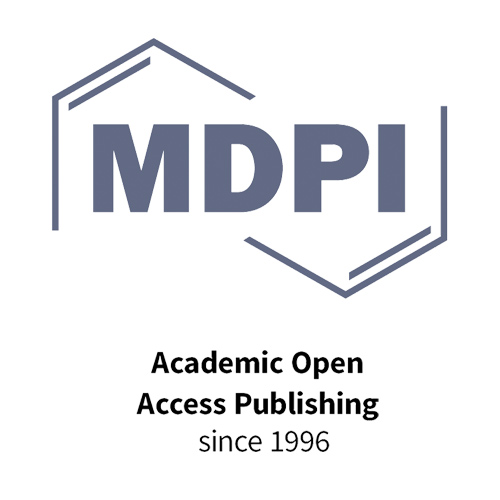
Scientific Publications
High Q Publications:
Advancements in EPR Technology and Methodology Enhance Sensitivity and Throughput
Gamble Jarvi, A. & Borneman, T. Advancements in EPR Technology and Methodology Enhance Sensitivity and Throughput. Biophysical Society 2024 Annual Meeting (2024).
Abstract: Electron Paramagnetic Resonance (EPR) spectroscopy is a well-established and powerful tool for elucidating biophysical information in a wide range of biological systems. The ability to perform high sensitivity nanoscale EPR distance measurements has revolutionized the applicability of the method, enabling the determination of point-to-point constraints within biomolecules that are often difficult to study through other methods. EPR measurements of a wide variety of low concentration biological samples are now possible, including membrane proteins, protein assemblies, and flexible macromolecules. Widespread adoption of EPR for biophysical applications has been limited, however, due to complicated hardware, elaborate and time-consuming experimental setup, and the necessity of long data acquisition times for sufficient signal-to-noise (SNR) at biologically relevant concentrations. We present innovations in the science, engineering, and methodology of EPR spectroscopy that enable automated collection of high SNR distance data on sub-10 µM protein samples of 2.4 µL volume in under two hours, effectively eliminating or mitigating the drawbacks of the method. The presented advancements represent a significant step forward in broadening the accessibility of EPR techniques to the scientific community.
Publications highlighting applications of modern EPR spectroscopy in structural biology:
Electron paramagnetic resonance spectroscopy on G-protein–coupled receptors: Adopting strategies from related model systems
Reichenwallner, J., Liu, B., Balo, A., Ou, W. & Ernst, O. Electron paramagnetic resonance spectroscopy on G-protein-coupled receptors: Adopting strategies from related model systems. Current Opinion in Structural Biology 69, 177-186 (2021).
Abstract: Membrane proteins, including ion channels, transporters and G-protein-coupled receptors (GPCRs), play a significant role in various physiological processes. Many of these proteins are difficult to express in large quantities, imposing crucial experimental restrictions. Nevertheless, there is now a wide variety of studies available utilizing electron paramagnetic resonance (EPR) spectroscopic techniques that expand experimental accessibility by using relatively small quantities of protein…Read full opinion here.
DEER analysis of GPCR conformational heterogeneity
Elgeti, M. & Hubbell, W. DEER Analysis of GPCR Conformational Heterogeneity. Biomolecules 11, 778 (2021).
Abstract: G protein-coupled receptors (GPCRs) represent a large class of transmembrane helical proteins which are involved in numerous physiological signaling pathways and therefore represent crucial pharmacological targets. GPCR function and the action of therapeutic molecules are defined by only a few parameters, including receptor basal activity, ligand affinity, intrinsic efficacy and signal bias. These parameters are encoded in characteristic receptor conformations existing in equilibrium and their populations, which are thus of paramount interest for the understanding of receptor (mal-)functions and rational design of improved therapeutics…Read full opinion here.
The contribution of modern EPR to structural biology
Jeschke, G. The contribution of modern EPR to structural biology. Emerging Topics in Life Sciences 2, 9-18 (2018).
Abstract: Electron paramagnetic resonance (EPR) spectroscopy combined with site-directed spin labelling is applicable to biomolecules and their complexes irrespective of system size and in a broad range of environments. Neither short-range nor long-range order is required to obtain structural restraints on accessibility of sites to water or oxygen, on secondary structure, and on distances between sites. Many of the experiments characterize a static ensemble obtained by shock-freezing…Read full opinion here.




